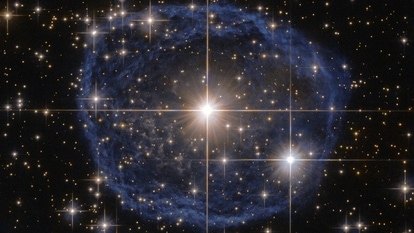Dancing aurora seen from International Space Station; check NASA clip
A breathtaking view of the dancing aurora can be seen from the International Space Station in the latest video shared by NASA.
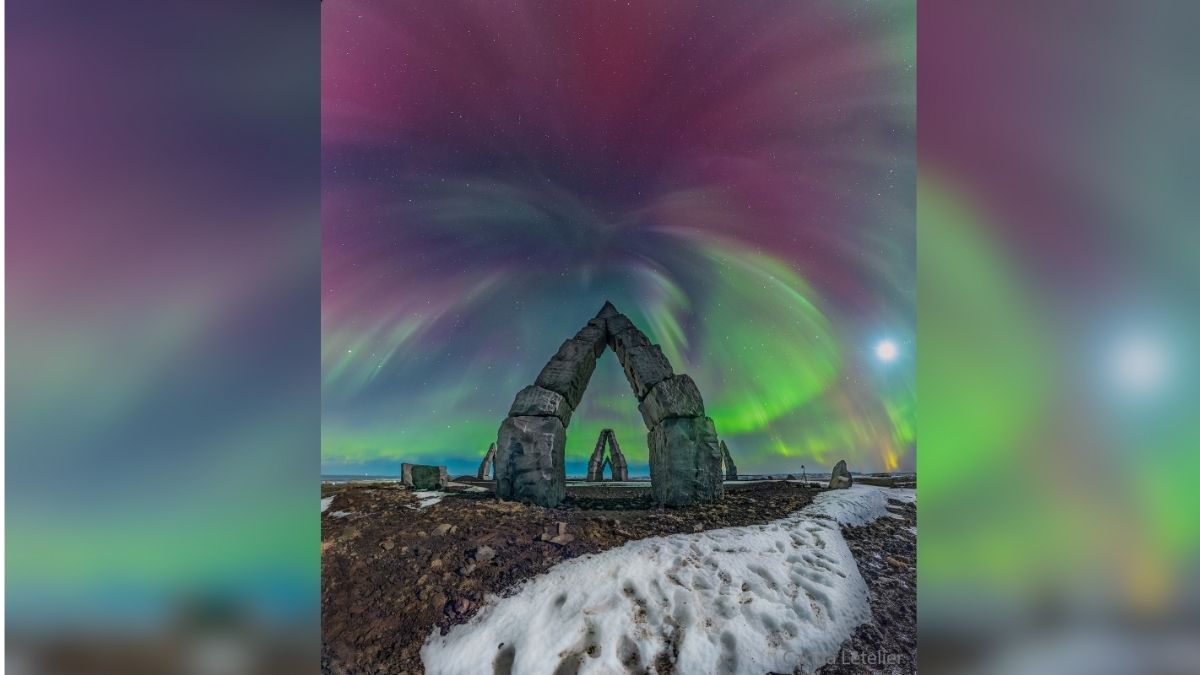
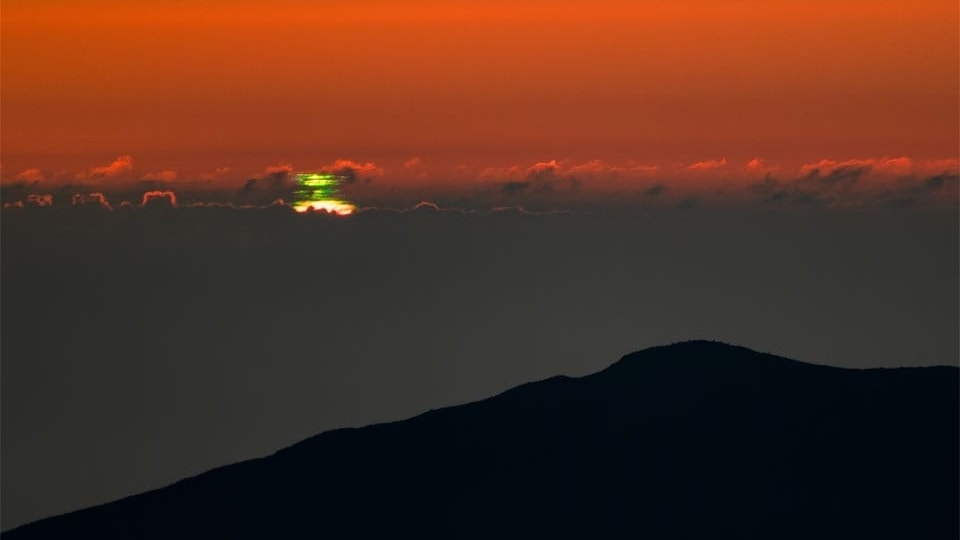
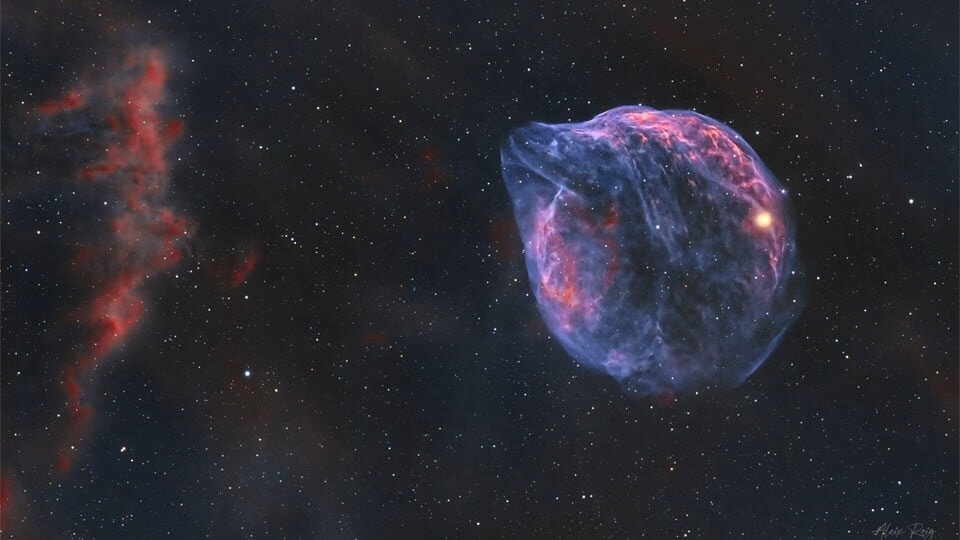
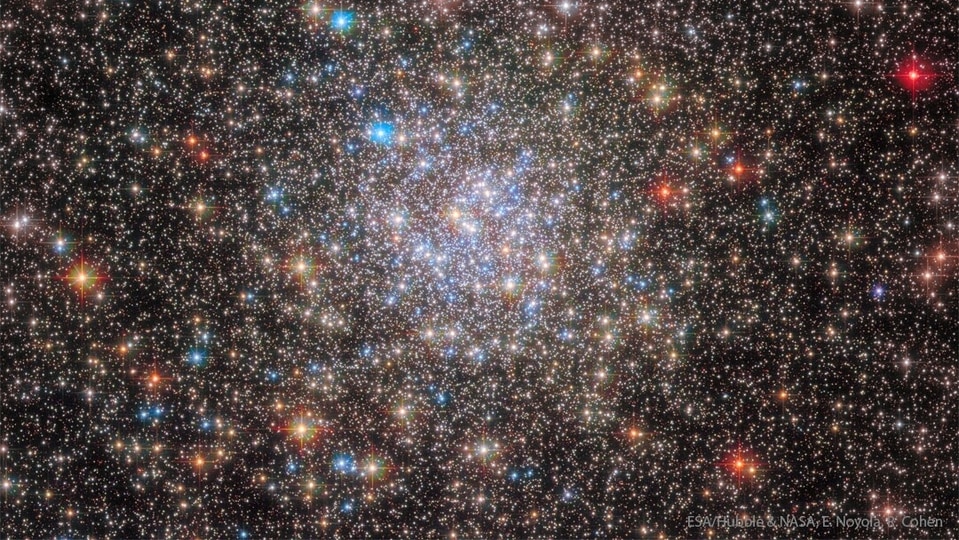
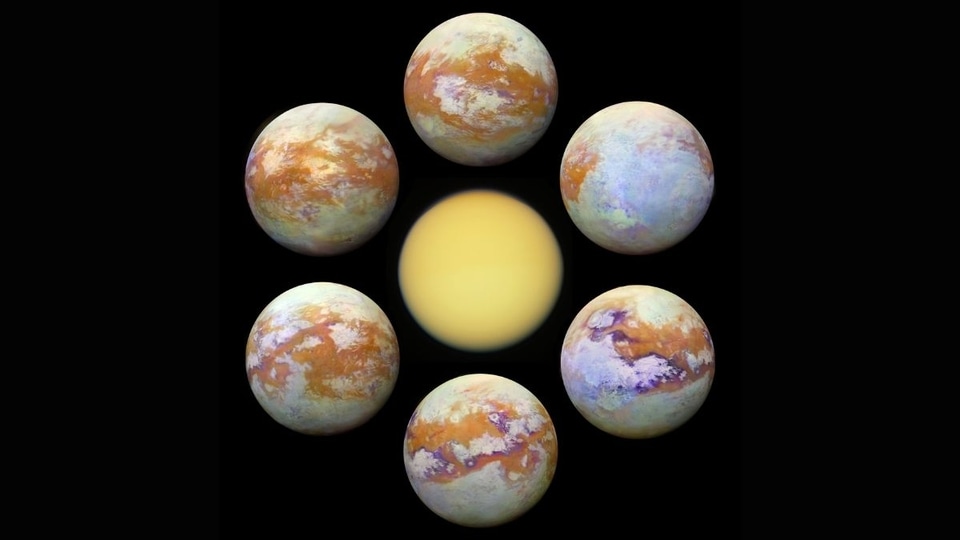
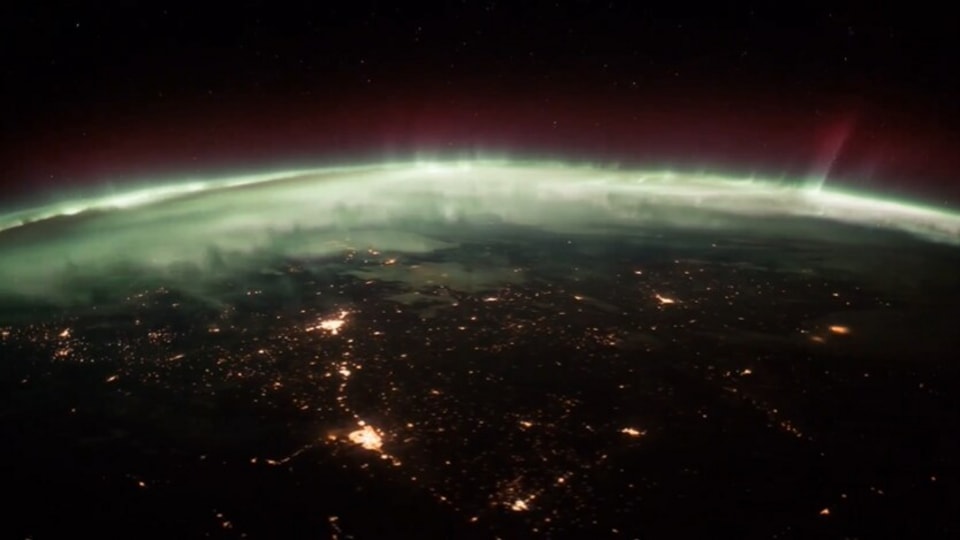
 View all Images
View all ImagesAn aurora is a natural phenomenon that never fails to mesmerize. And now, NASA's latest video has taken the beauty of the Northern Lights to another level! The US space agency has shared a breathtaking clip of the Northern Lights as seen from the sky-the International Space Station. “Look how they shine for you,” the space agency captioned the clip on its Instagram. The aurora borealis is seen with green hues dancing across the skies of North America.
The video spans the curvature of the Earth and as it moves forward, it reveals the bright lights of cities across the midwest United States. It left users awestruck and the video has garnered more than 1.2 million views so far.
What are auroras and how do they form
Auroras are a natural phenomenon of bright lights caused by magnetic storms initiated by the Sun's activity such as solar flares and ejections of gas bubbles called coronal mass ejections. "When these particles seep through Earth's magnetosphere, a part of our atmosphere that protects us from solar and cosmic radiation, they cause substorms. These fast-moving substorm particles slam into our thin, high atmosphere, colliding with Earth's oxygen and nitrogen particles," NASA explained.
This prompts these particles to emit energy, resulting in a range of colours that produce the stunning ribbons of light visible in the northern and southern polar regions of Earth.
Normally, auroras appear in regions closer to the Earth's poles since the magnetosphere is relatively weaker in these areas. However, during occasions when the Sun releases exceptionally strong solar storms, auroras can be seen farther from the poles. This situation occurred recently when a strong geomagnetic storm hit the Earth and treated sky gazers with amazing views of auroras that were visible as far south as Virginia and Arizona, the space agency added.
Catch all the Latest Tech News, Mobile News, Laptop News, Gaming news, Wearables News , How To News, also keep up with us on Whatsapp channel,Twitter, Facebook, Google News, and Instagram. For our latest videos, subscribe to our YouTube channel.



